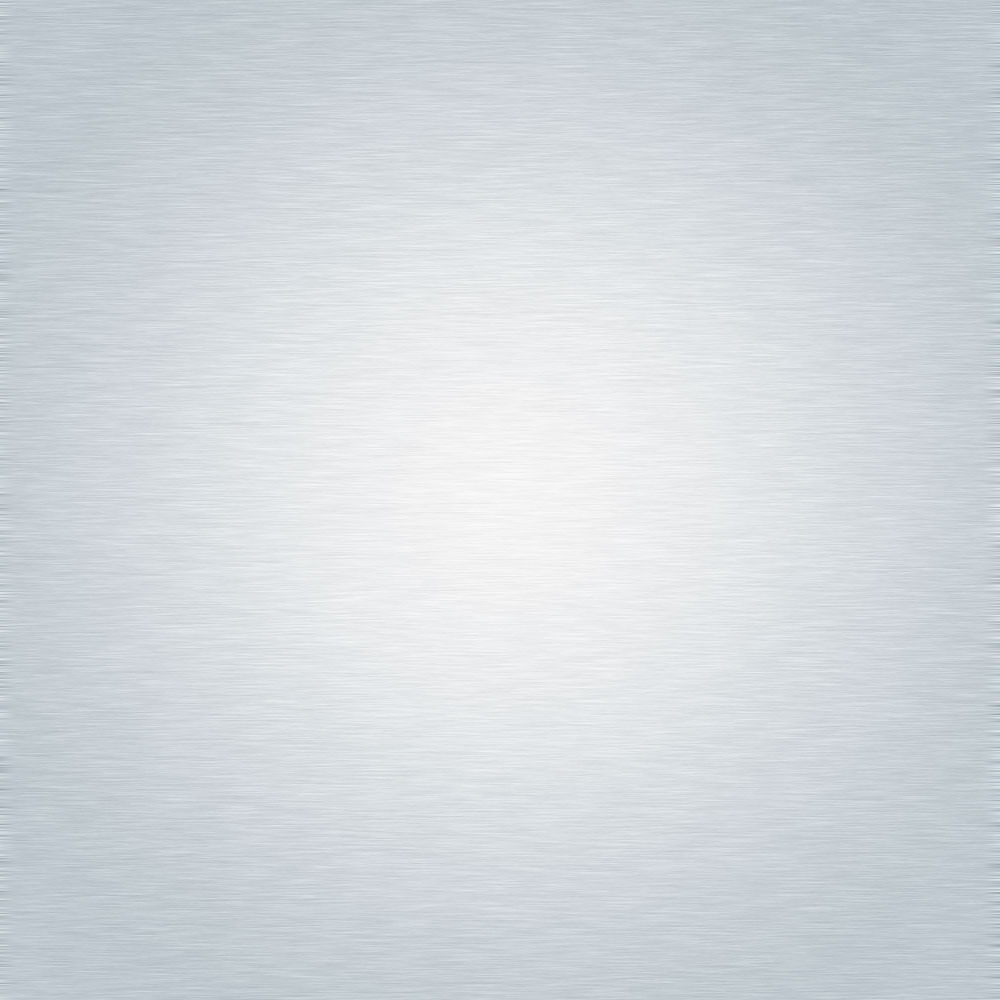

109
CASO CLÍNICO
Actualidad
Médica
A C T U A L I D A D
M É D I C A
www.actualidadmedica.es©2016.Actual.Med.Todoslosderechosreservados
Gastroduodenal involvement as an unusual
presentation of Crohn’s disease
Abstract
It is relatively uncommon for Crohn’s disease to implicate the gastric and duodenal regions and occasionally
it can cause pyloric stenosis, in which medical therapy may be ineffective and surgery might be required. We
report two exceptional cases with prepyloric stenosis secondary to Crohn’s disease, aiming to emphasize the
clinical suspicion and to describe the diagnostic imaging procedure and surgical treatments.
Resumen
Es relativamente infrecuente que la enfermedad de Crohs afecte al estomago y duodeno y ocasionalmente
puede producir estenosis pilórica, en estas situaciones el tratamiento médico suele ser ineficaz y se requiere
tratamiento quirúrgico. Se exponen dos casos clínicos excepcionales de estenosis prepilórica asociada a la
enfermedad de Crohn, dirigidos a enfatizar en la sospecha clínica y describir el diagnóstico y el tratamiento
quirúrgico
Carlos San Miguel Méndez¹, María Jesús Álvarez Martín¹, Mónica Mogollón González¹,
Inmaculada Segura Jiménez¹, Raquel Conde Muíño¹, Ángela Salmerón Ruíz ², Pablo Palma
Carazo¹
1
Department of General and Digestive Surgery. Virgen de las Nieves University Hospital. Granada. Spain.
2
Department of Radiology. Virgen de las Nieves University Hospital. Granada. Spain.
Enviado:22-05-2016
Revisado: 22-07-2016
Aceptado: 01-08-2016
Carlos San Miguel Méndez
Department of General andDigestive Surgery. Virgende lasNievesUniversityHospital.
Av. Fuerzas Armadas S/N. Granada, 18014. SPAIN
Phone::+34 655600488
Email:
sanmiguel.carlos@gmail.comPalabras clave: la enfermedad
de Crohn, enfermedad
gastroduodenal, estenosis
gástrica, enterografía.
Keywords: Crohn’s disease,
gastroduodenal disease, gastric
stenosis, enterography.
Afectación gastroduodenal como presentación inusual de la
enfermedad de Crohn
DOI: 10.15568/am.2016.798.cc01Actual. Med.
2016; 101: (798): 109-111
PATIENTS AND METHODS:
Case Report 1: A 29-year-old woman, diagnosed with
controlled ileocolonic Crohn’s disease (CD) 7 years agowas admitted
with abdominal pain accompanied by anorexia and weight loss
(17Kg in a year).
An upper endoscopy (UE) revealed a gastric retention and
pyloric stenosis, with an inflammatory appearance. The endoscope
could not pass through. A biopsy was taken. Negative
H.pylori
test.
Because of the persistence of the symptoms, an endoscopic
dilatation was performed up to 12mm due to pyloric stenosis.
Furthermore, a MRI enterography was also realized. It revealed
important signs of gastric distension and significant reduction of
the pyloric region’s lumen and first duodenal portion (Figure 1).
Clinical deterioration progressed, leading to surgery. Findings
showed gastric dilatation with hypertrophy of its wall, pre-pyloric
stenosis and an apparently normal pylorus. A longitudinal incision
was performed in the pylorus revealing a circumferential stenosis of
the antrum 7-8 mm in diameter and a gastric wall hypertrophy with a
characteristically “cobblestone” appearance. The mucosal defect was
repaired and closed transversely using theHeineke-Mikulicz technique.
Case Report 2: A 52-year-old-woman diagnosed with
ileocolonic CD 8 years earlier, and with a surgical history of several
procedures at the ileum site, was admitted with postprandial
vomiting, accompanied by a very significant and painful abdominal
distension with no further intestinal transit alterations.
Transit studies with barium were conducted, showing
an elongated shaped stomach. Moreover, slow emptying with
important alterations in bowels’ folds was assessed. The UE
reported inflammatory stenosis in duodenum, unable to be
traversed by the endoscope. Biopsies were taken, with results of
intense nonspecific duodenitis. HP test (-). Adalimumab therapy
was begun but within two months the patient started to show
progressive clinical deterioration with postprandial vomiting and
oral intolerance.
Due to pyloric stenosis, MRI enterography was not indicated
and alternatively PET-CT scan was performed to rule out further
CD afectation. Metabolic activity was assessed at the colic
framework (Figure 2).
Within a week, surgery treatment was scheduled
performing a gastrojejunostomy, to bypass the gastroduodenal
stricture.

















